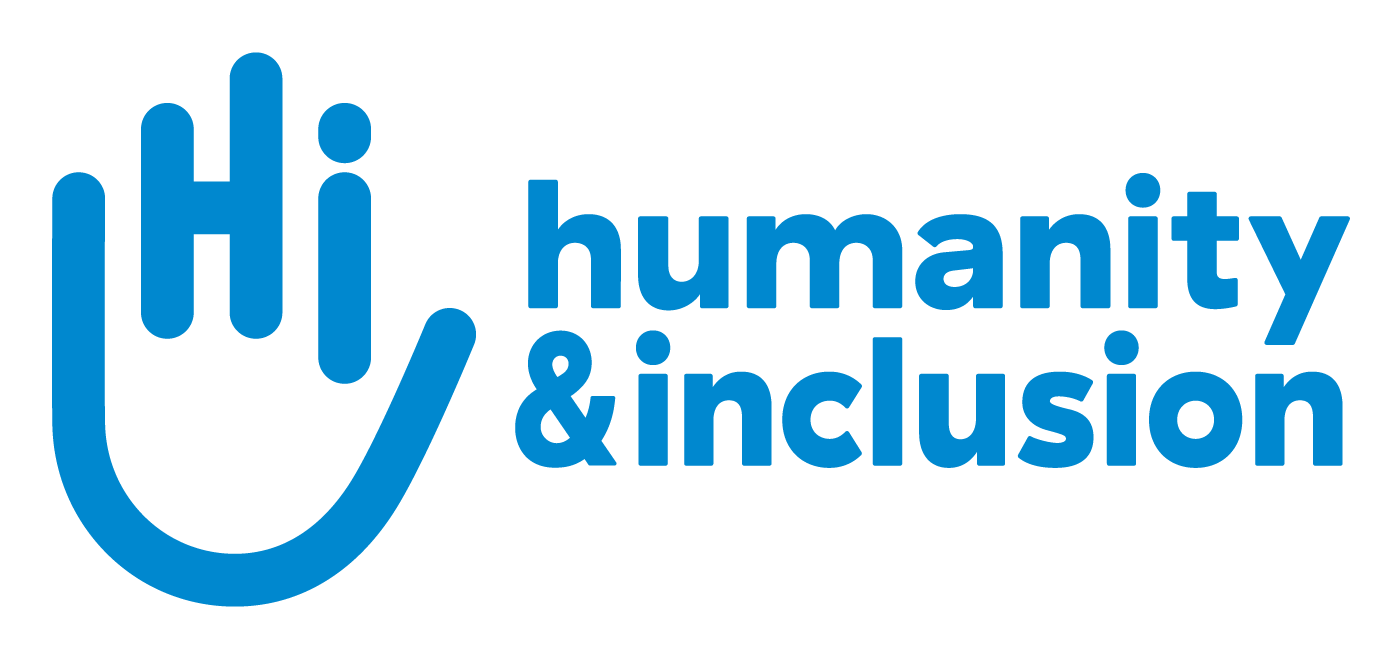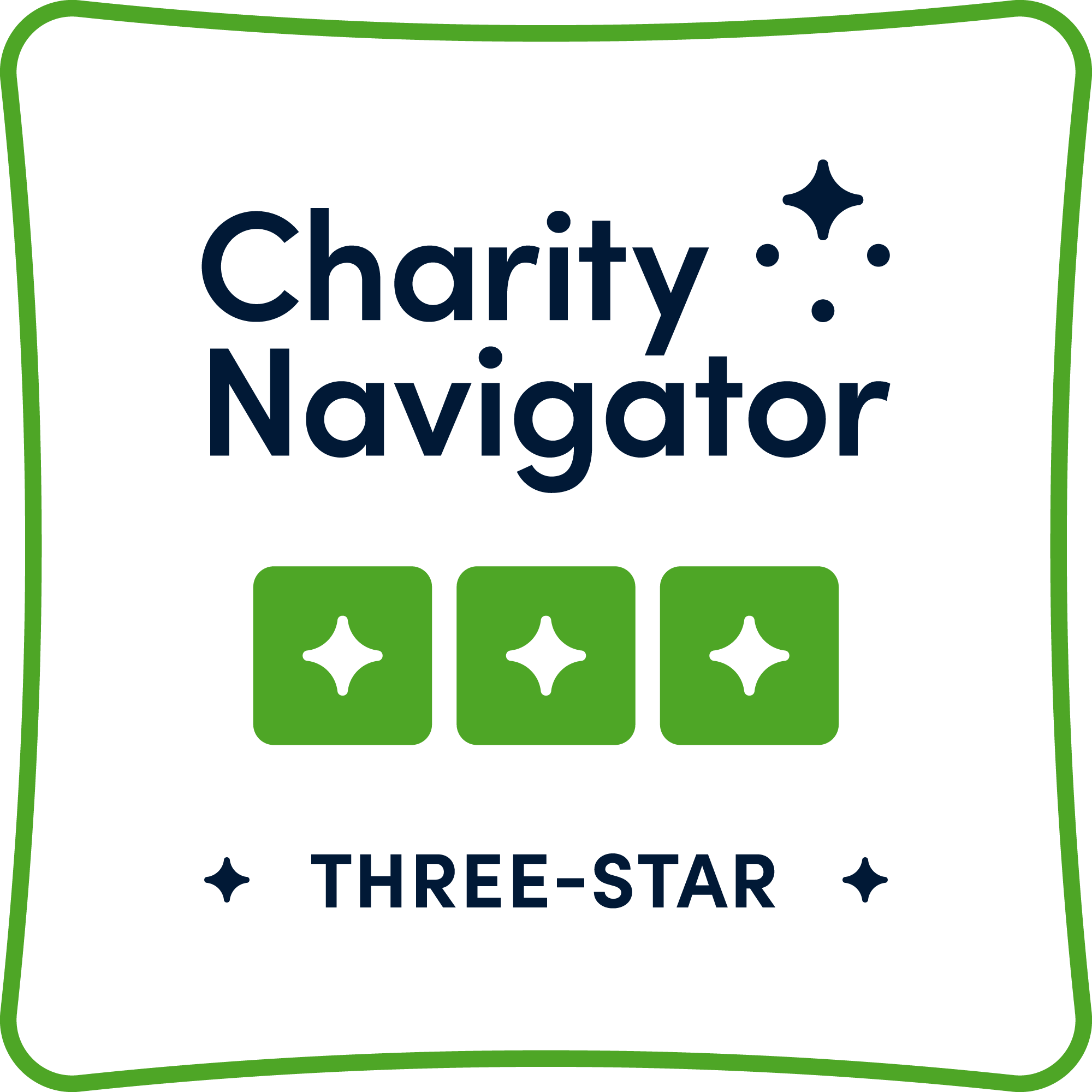Philippines
HI implements emergency and development actions in the Philippines to improve protection, quality of life, and the promotion of rights of people with disabilities and their families.

Destruction in Leyte province following Typhoon Haiyan. | © B. Blondel / HI
Our actions
Humanity & Inclusion has been operating in the Philippines since 1985. The organization’s teams regularly provide emergency response in the wake of cyclones, volcanic eruptions or floods, which regularly strike the country. Following Typhoon Haiyan in 2013, the most violent typhoon ever recorded, HI also launched an emergency response in the provinces of Leyte and Capiz.
HI now sets up and strengthens existing prevention, early detection, referral and response systems relating to developmental delays and the onset of disability in children by training early childhood actors and medical staff and advising parents.
HI also builds the resilience of communities at risk of natural disasters by raising the natural disaster risk awareness of civil society organizations and other organizations. The priority for HI is to enable isolated people, pregnant women, and people with disabilities to prepare for these disasters, extremely frequent in the Philippines, to be able to protect themselves and to ensure they are not forgotten by organizations providing victim assistance in the aftermath of disasters. HI also raises awareness and prepares directly the families most vulnerable to disasters in communities.
Areas of intervention
Latest stories

Emergency in the Philippines: plunged into chaos once again
For the 20th time in 2025, the Philippines is facing an extremely violent typhoon. Kalmaegi is the deadliest of the year, with catastrophic consequences.
Floods in the Philippines: Tintin wants to be an inspiration to her children
After weeks of rain and flooding, Tintin found support from HI. Today, she and her family are rebuilding their lives and moving forward.

When hope is reborn: Nanay walks again thanks to HI
At 70, Nanay Benita has only one fear: not being able to escape in the event of a climate disaster. Thanks to the quad cane distributed by HI, she feels relieved.
a life
Background

Located in southeast Asia, the Philippines archipelago is one of the most vulnerable regions on the planet in terms of natural disasters. Earthquakes and volcanic eruptions cause substantial losses and extensive damage.
Typhoons are very frequent and their secondary effects – landslides, flooding and flash floods – are devastating. Typhoon Haiyan hit the country in November 2013 and left 8,000 people dead and 15 million affected in some way by the disaster. During the two decades that preceded Typhoon Haiyan, natural disasters had already killed more than 31,000 persons and affected 98 million people in the Philippines.
In the Philippines, poverty is not just a rural phenomenon. There are major inequalities between different regions and socio-economic groups. The poorest provinces are those of Visayas and Mindanao, but poverty is also very acute in the southern regions of Luzon.
Number of HI staff members: 35
Date the program launched: 1985












